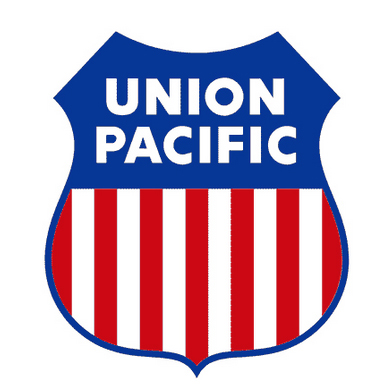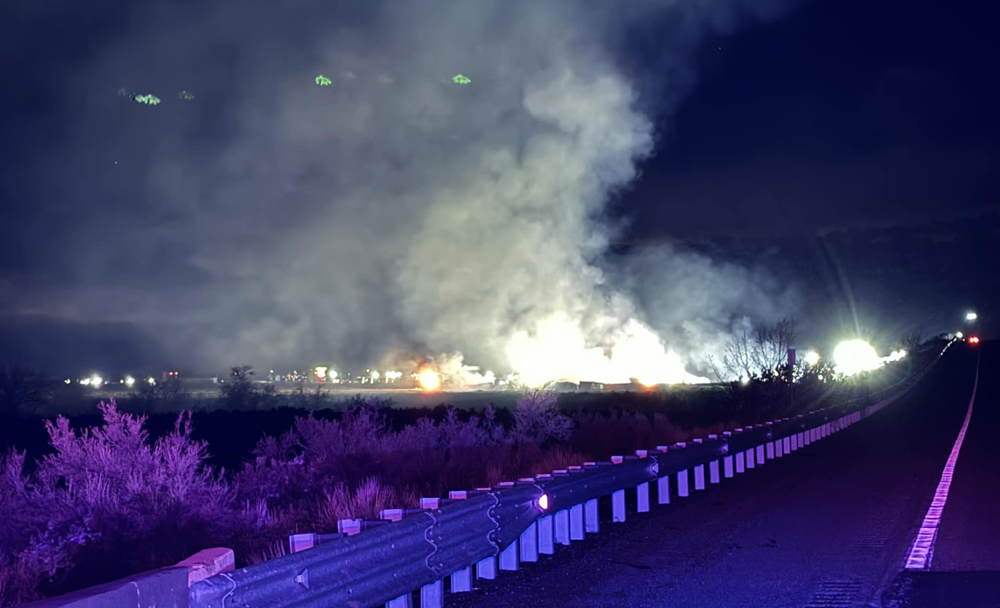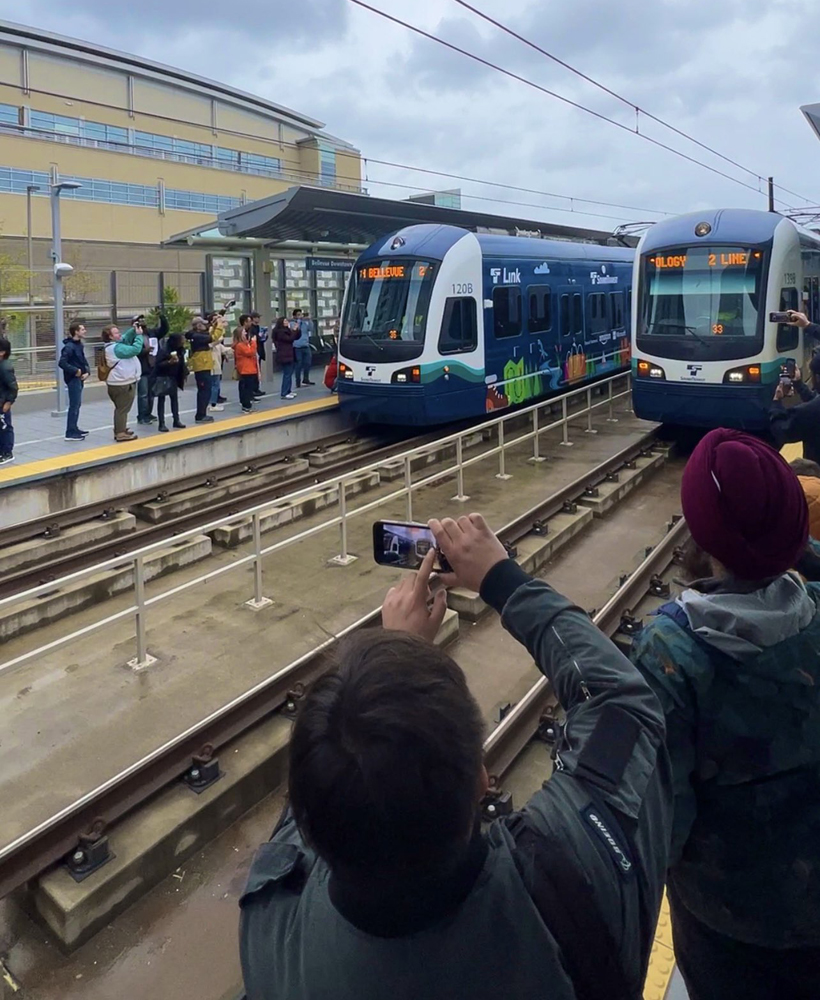Jim Providenza—garden railway edition
How did you get started in the hobby?
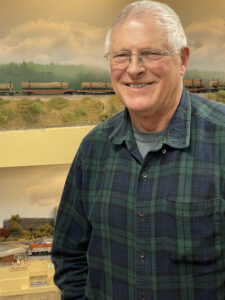
I’ve been an HO scale model railroader since I was 12. After we moved to our current home in 1988, I started planning to build a garden railway, but one that would further my longtime interest in operations. In this case, would focus on modeling a specific set of places on a prototype railroad – the stations of Strong and Kingfield on the Sandy River and Rangeley Lakes Railroad in Maine.
What was your first locomotive?
My first large scale locomotive was a kitbash – I converted a Bachmann 1:20.3 scale 2-8-0 into a 2-6-2, the Sandy River and Rangeley Lakes No. 24. Since the SR&RL was a 2-foot gauge railroad, a big part of the work was narrowing the frame and drivers to run on 30mm track gauge. I scratchbuilt the boiler and cab; narrowed, shortened, and lowered the original tender; and modified or built new leading, trailing and tender trucks.
What is your favorite part of the hobby?
I get the most enjoyment from recreating the SR&RL in miniature. There is a tremendous amount of prototype research involved. Planning how to take that information and convert it into three dimensions in the backyard is challenging but fun. I enjoy looking at the railroad as it has progressed, seeing pictures from the past being brought to life in the backyard.
What is your least favorite part?
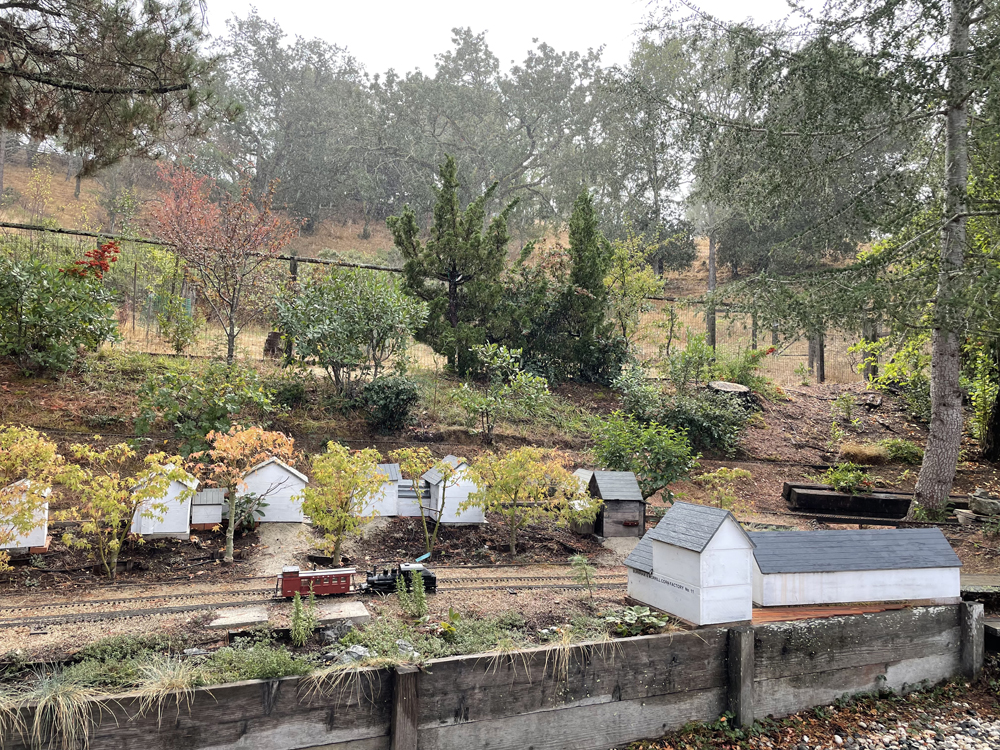
Track maintenance because it never stops! But it is critical to successful running so it cannot be ignored. I knew from the beginning that I would be hand laying all the track due to my uncommon combination of scale and gauge. Weather takes its toll. Tie replacement is an annual spring event, followed by lining and surfacing. A large amount of the track is now more than 15 years old, and I am now starting to replace entire sections of track structure as needed – un-spiking the rail, salvaging any ties I can and building new spline / ties / relayed rail in place.
What has been your biggest hobby success?
The [Bachmann] No. 24, I think. It took three and a half years and really pushed me to up my game. I had to learn new skills and techniques. After over 15 years it is about ready for an overhaul – not too shabby for such a major piece of work kitbashing!
What has been your biggest mistake?
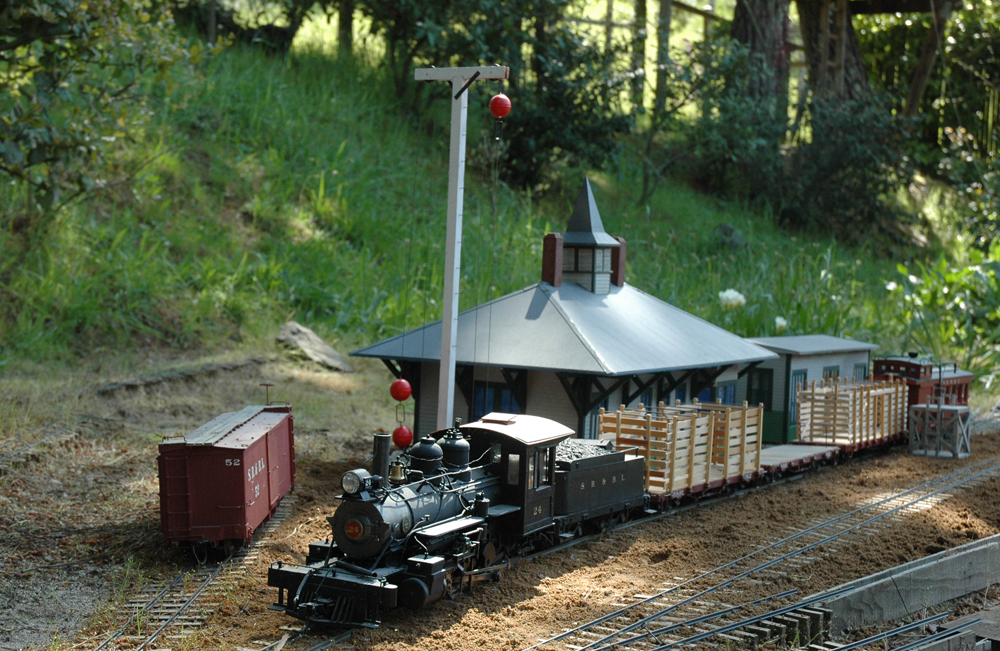
The grade on the F&M Branch, without a doubt. My original track plan was based on the fact that the branch was built on a 4% grade – information that turned out much later to be only partially right. After laying 60 feet of track complete with cuts and fills, I discovered that the locomotives could barely make it up the grade. This put the whole project on hold for several years. Further research showed that most of the branch was laid on a much less steep grade. I pulled up and relayed the track on a 1.5% grade. The track plan had to change significantly, shortening the line by about 75 feet.
What advice would you give to a new hobbyist?
Visit as many different railways as you can. Determine what you really like about garden railroading before you get too far into the buy/build cycle. Join a group of local modelers and lean on them for knowledge and skills. Occasionally just sit back and watch it run!
Jim also models in HO scale. Read his “Meet the modeler” article from Model Railroader: https://www.trains.com/mrr/news-reviews/news/meet-jim-providenza/






